💪 Support independent web, support us:
There are an array of landmarks in Europe to see, with San Marino sharing quite a few of those!
San Marino, nestled atop the iconic Mount Titano, is a shining beacon of history and heritage that has stood the test of time.
Its landmarks, standing tall and proud, serve as living testaments of the rich cultural legacy of this ancient republic.
From the imposing walls of the Guaita Fortress to the elegant arches of the Palazzo Pubblico, every corner of San Marino takes visitors on a journey through the ages, offering an unforgettable glimpse into the country’s illustrious past.
1. Guaita

Guaita is a medieval fortress located on Mount Titano in San Marino.
What to see or do: Visitors can tour the historic walls and towers of the fortress, take in panoramic views of the surrounding countryside, and learn about the fascinating history of San Marino and its strategic importance as a defensive stronghold.
Don’t miss: Be sure to check out the iconic tower of Guaita, which stands tall above the rest of the fortress and offers some of the best views of San Marino’s stunning landscapes and landmarks.
Insider travel tips: While exploring Guaita, wear comfortable shoes and be prepared to climb some stairs and steep hills.
Additionally, consider taking a guided tour for a more comprehensive understanding of the fortress and its significance in San Marino’s heritage.
2. Cesta

Cesta is a medieval tower in San Marino, located on the peak of Monte Titano.
What to see or do: Visitors can climb the tower to enjoy panoramic views of San Marino and the surrounding countryside. The tower features several levels, each showcasing different aspects of San Marino’s history and culture.
Don’t miss: The top level of the tower offers breathtaking views of the surrounding landscape, including the Adriatic Sea. Additionally, visitors can admire the ancient architecture and learn about the tower’s significance in San Marino’s history.
Insider travel tips: Be prepared for a strenuous climb, as the tower features steep stairs and narrow passageways.
Visitors should also arrive early in the day to avoid crowds and ensure they have enough time to explore the tower’s various levels.
Additionally, comfortable shoes and appropriate clothing are recommended for the climb.
3. Montale
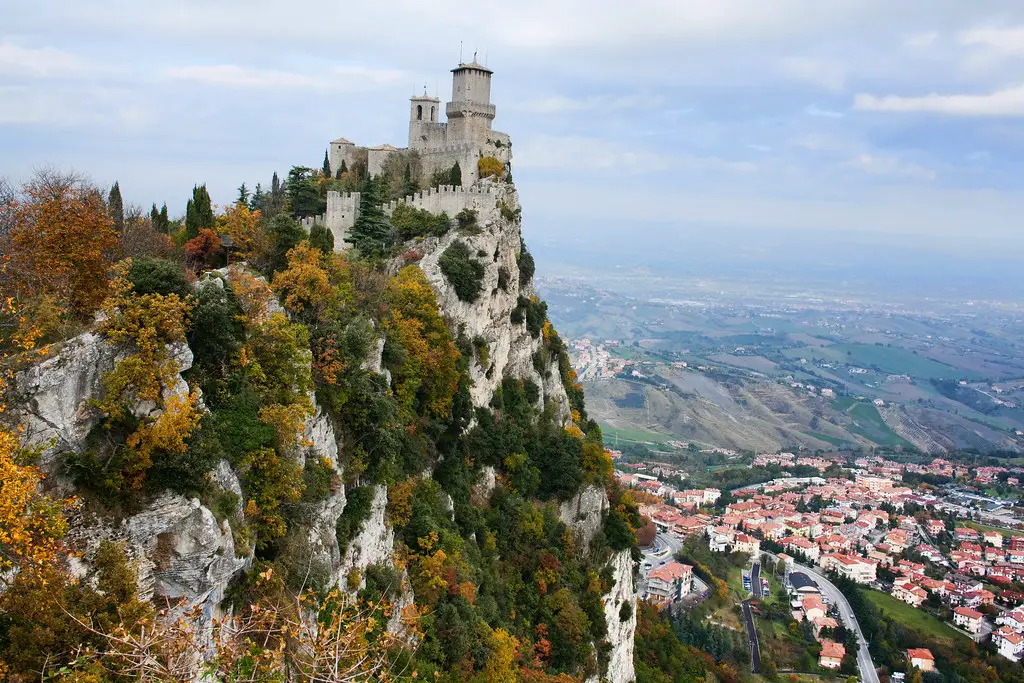
What to see or do:
Don’t miss:
Insider travel tips: Take a stroll through the neighborhood in the early morning before the crowds arrive, bring comfortable shoes as the streets can be steep and uneven, and visit during the fall months for beautiful foliage and fewer tourists.
4. Piazza della Libertà

Piazza della Libertà is a historic square situated in the northern part of Florence, Italy.
What to see or do: Visitors can admire the monumental arch of the Porta San Gallo, which serves as an entrance to the square. There are also several statues and fountains in the surrounding area.
Don’t miss: Don’t miss the chance to take a stroll down the nearby Via San Gallo, which boasts several charming shops and restaurants.
Insider travel tips: Consider visiting the square during the evening when it is beautifully illuminated. Be sure to wear comfortable walking shoes as the area can be quite hilly.
5. Palazzo Pubblico
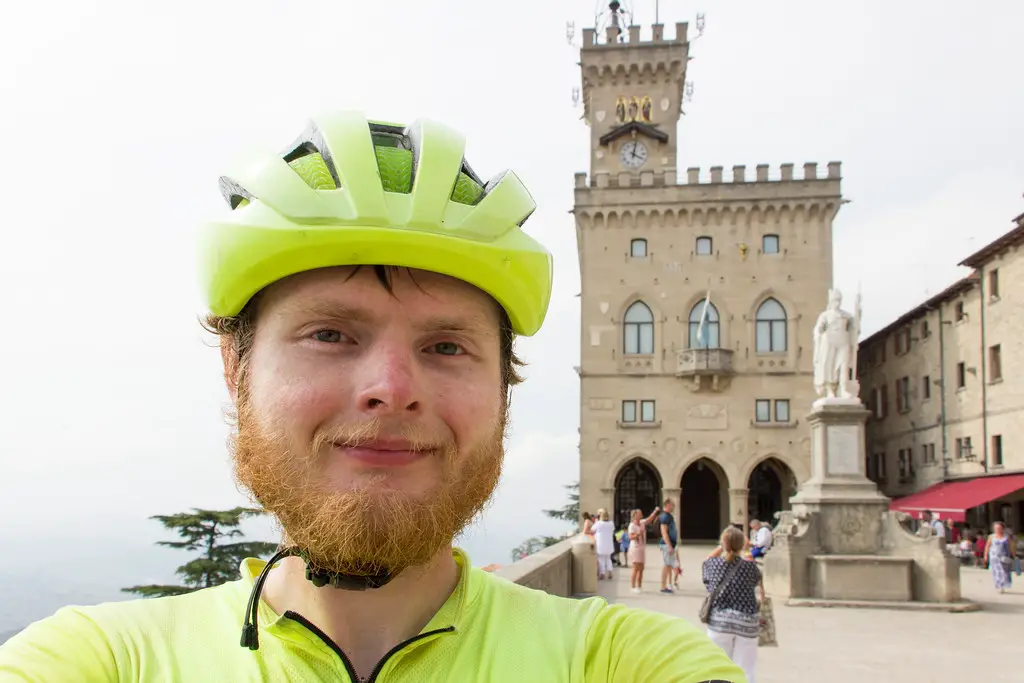
Palazzo Pubblico is a historic town hall building located in the heart of Siena, Tuscany, Italy.
What to see or do: Visitors to Palazzo Pubblico can explore the impressive Gothic architecture of the building’s exterior and interior, as well as various artworks and artifacts from Siena’s fascinating history.
Highlights include the frescoes by Ambrogio Lorenzetti in the Sala dei Nove, which depict allegorical and historical scenes, and the Civic Museum, which houses important works by Sienese artists such as Duccio di Buoninsegna, Simone Martini, and Jacopo della Quercia.
Don’t miss: The Torre del Mangia, a tall tower with stunning views of the city and surrounding countryside, is accessible from inside Palazzo Pubblico.
It’s definitely worth the climb for the panoramic views of Siena.
Insider travel tips: Be sure to check the opening hours before your visit, as Palazzo Pubblico is not open every day. Also, if you’re planning to visit other museums or attractions in Siena, consider purchasing a combined ticket to save money.
Finally, be prepared for a lot of walking and stairs, as the building has many levels and no elevators.
6. Basilica di San Marino
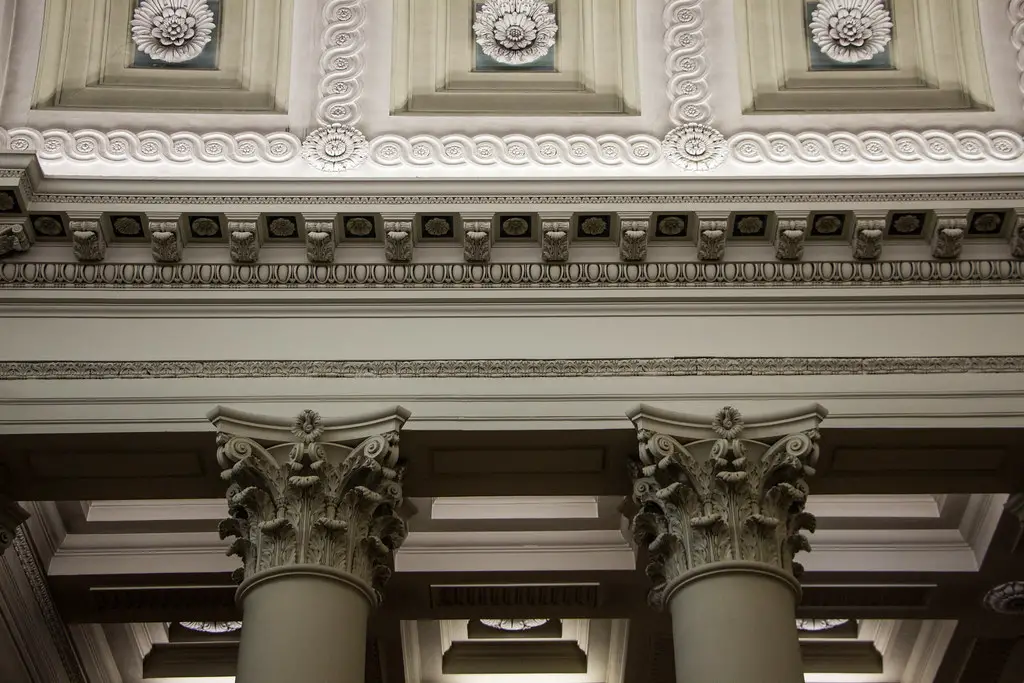
Basilica di San Marino is a historic church situated in the heart of San Marino, the world’s oldest republic.
What to see or do: The basilica, built in the 19th century, is a beautiful sight to behold with its stunning marble façade, intricate mosaics, and stunning frescoes.
Visitors can marvel at its architecture and artwork, attend mass, or simply enjoy the serene atmosphere of the church.
Don’t miss: Make sure to check out the statue of San Marino, the patron saint of the republic, located in front of the basilica.
Insider travel tips: Visitors should dress appropriately when entering the basilica, covering their shoulders and knees. Photography is allowed but flash photography is prohibited.
Also, it’s advised to visit during weekdays, as weekends and religious holidays can be quite busy.
7. Piazza Garibaldi
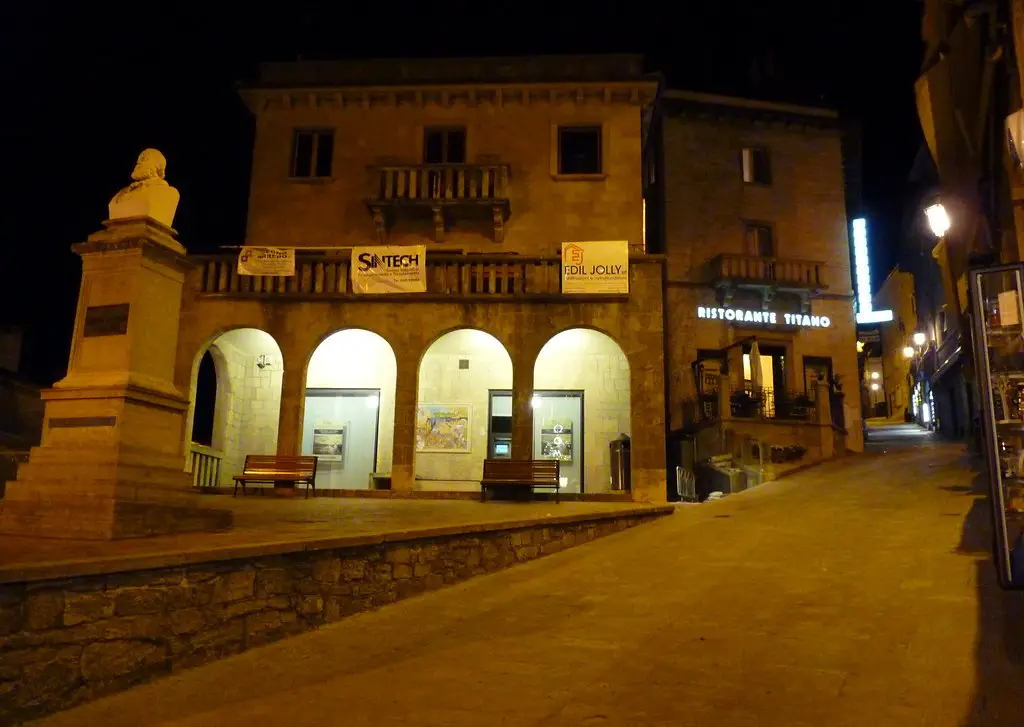
A bustling piazza located in the heart of Naples, Italy.
What to see or do: Admire the statue of Giuseppe Garibaldi, a prominent Italian general, and take in the lively atmosphere of the surrounding streets. The area is a hub for both locals and tourists, offering a mix of shops, restaurants, and cafes.
Don’t miss: The opportunity to try traditional Neapolitan street food, such as pizza fritta (fried pizza) and cuoppo (a cone filled with fried seafood).
Insider travel tips: Visit Piazza Garibaldi during the day when there are plenty of people around, but be cautious at night and keep an eye on your belongings.
Also, try to visit during low season to avoid crowds and get a more authentic experience.
8. Chiesa di San Pietro
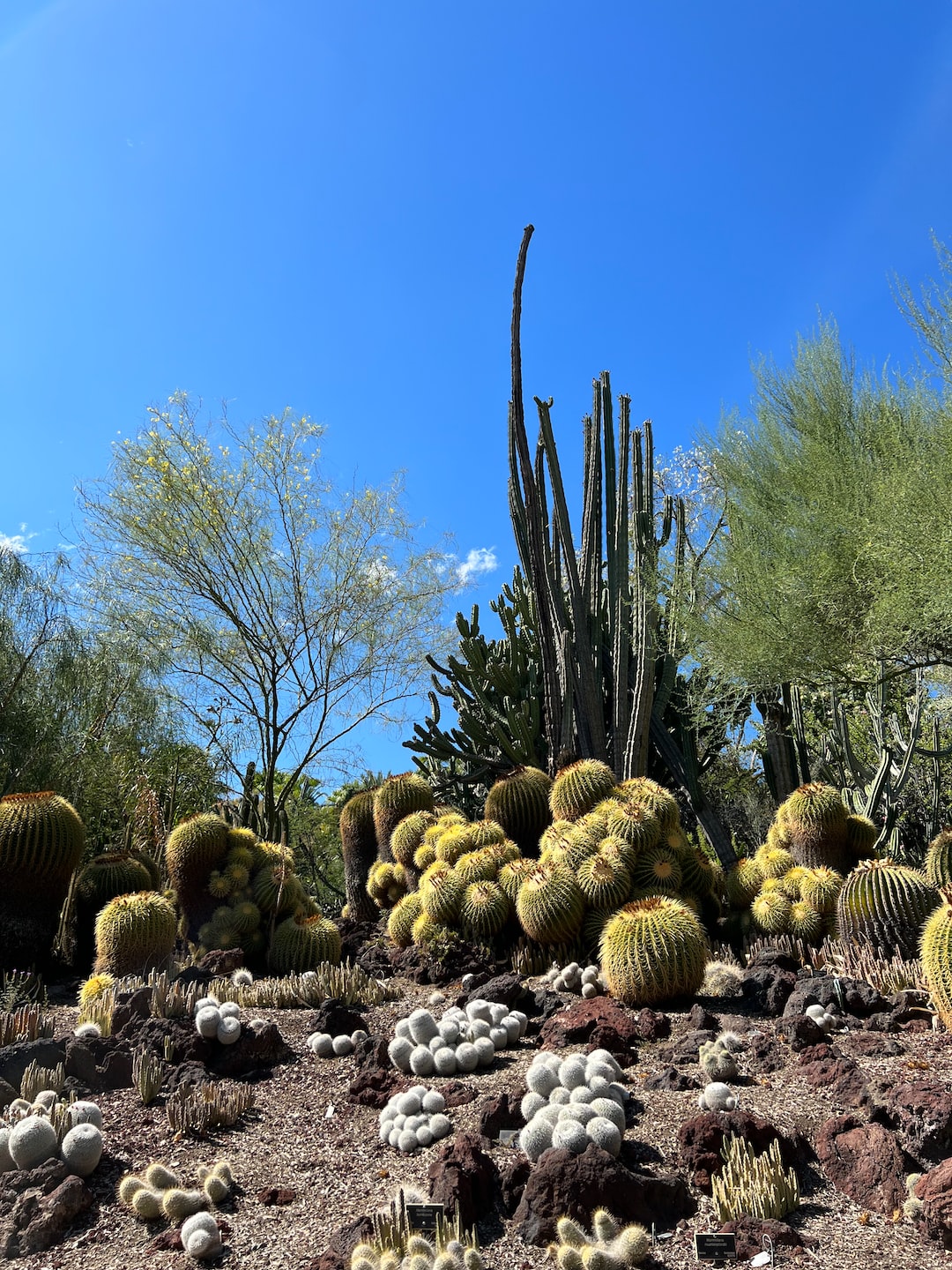
Chiesa di San Pietro is a medieval church located in Portovenere, a picturesque town on the Ligurian coast of Italy. It was built in the 13th century and is a well-preserved example of the Romanesque architectural style.
What to see or do: Visitors can explore the church’s interior, which features beautiful frescoes and paintings from the 14th to the 16th centuries. The highlight is the triptych altarpiece by the Italian Renaissance painter Lorenzo Lotto.
Don’t miss: Make sure to take in the stunning views of the sea and town from the elevated position of the church. Also, don’t miss the opportunity to attend one of the occasional classical concerts held inside the church.
Insider travel tips: To avoid crowds, try to visit the church early in the morning before tour groups arrive. To gain a deeper understanding of the frescoes and art, consider hiring a local guide.
Additionally, make sure to visit the nearby Castello Doria, a medieval castle that offers great views of the coast.
9. Museo di Stato

A state museum located in one of San Marino’s oldest buildings.
What to see or do: Explore the museum’s collection of locally made artifacts, including pottery, paintings, and sculptures. Learn about the history of San Marino through the exhibits that showcase its political and cultural heritage.
Don’t miss: Make sure to see the stunning frescoes from the 14th century that adorn the walls and ceilings of the museum. Also, don’t miss the opportunity to enjoy the panoramic view of San Marino from the museum’s terrace.
Insider travel tips: Visit the museum earlier in the day to avoid crowds and give yourself enough time to enjoy every piece of the collection.
Also, check the museum’s schedule of events and temporary exhibits, as they often host interesting cultural events.
10. Cava dei Balestrieri
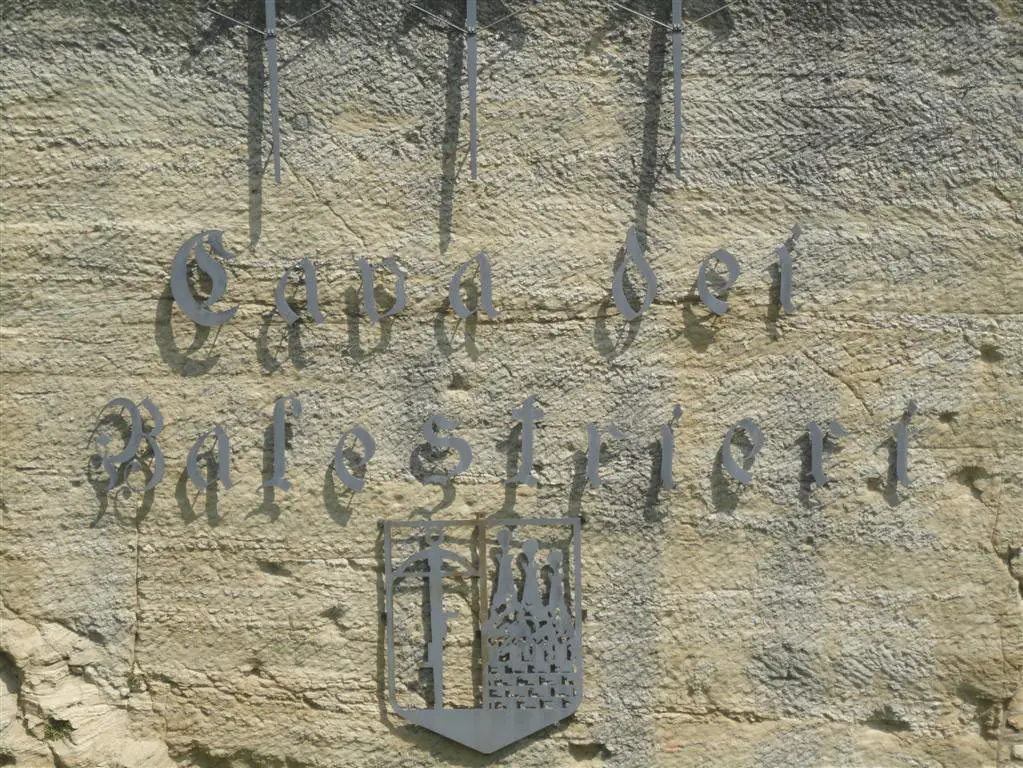
Cava dei Balestrieri is a stunning subterranean quarry that served as a defense fortress in medieval times.
What to see or do: Explore the fascinating underground tunnels and caverns carved into the rock over 800 years ago. Admire the impressive arches and columns that have been impeccably preserved.
Don’t miss: The “Cunicolo dei Saraceni,” a narrow tunnel that leads to a perfectly cylindrical room used as a lookout point in ancient times.
The stunning acoustics of the tunnels, which are perfect for concerts and performances.
Insider travel tips: Wear comfortable shoes and bring a sweater as the caves can get chilly. The guided tour is highly recommended as it provides a wealth of historical and cultural information.
11. Teatro Titano

Teatro Titano is a historic theater located in the heart of San Marino, Italy.
What to see or do: Enjoy exceptional performances ranging from theatrical plays to music recitals and dance performances. The theater is renowned for its impressive aural and visual systems which provide an unparalleled experience for spectators.
Don’t miss: The breathtaking frescoes and artwork adorning the interior of the theater are a true sight to see.
Be sure to also check out the ornate details of the venue, such as the plush crimson seats and grandiose entrance.
Insider travel tips: – Be sure to purchase your tickets in advance as performances sell out quickly.
12. Chiesa di San Francesco
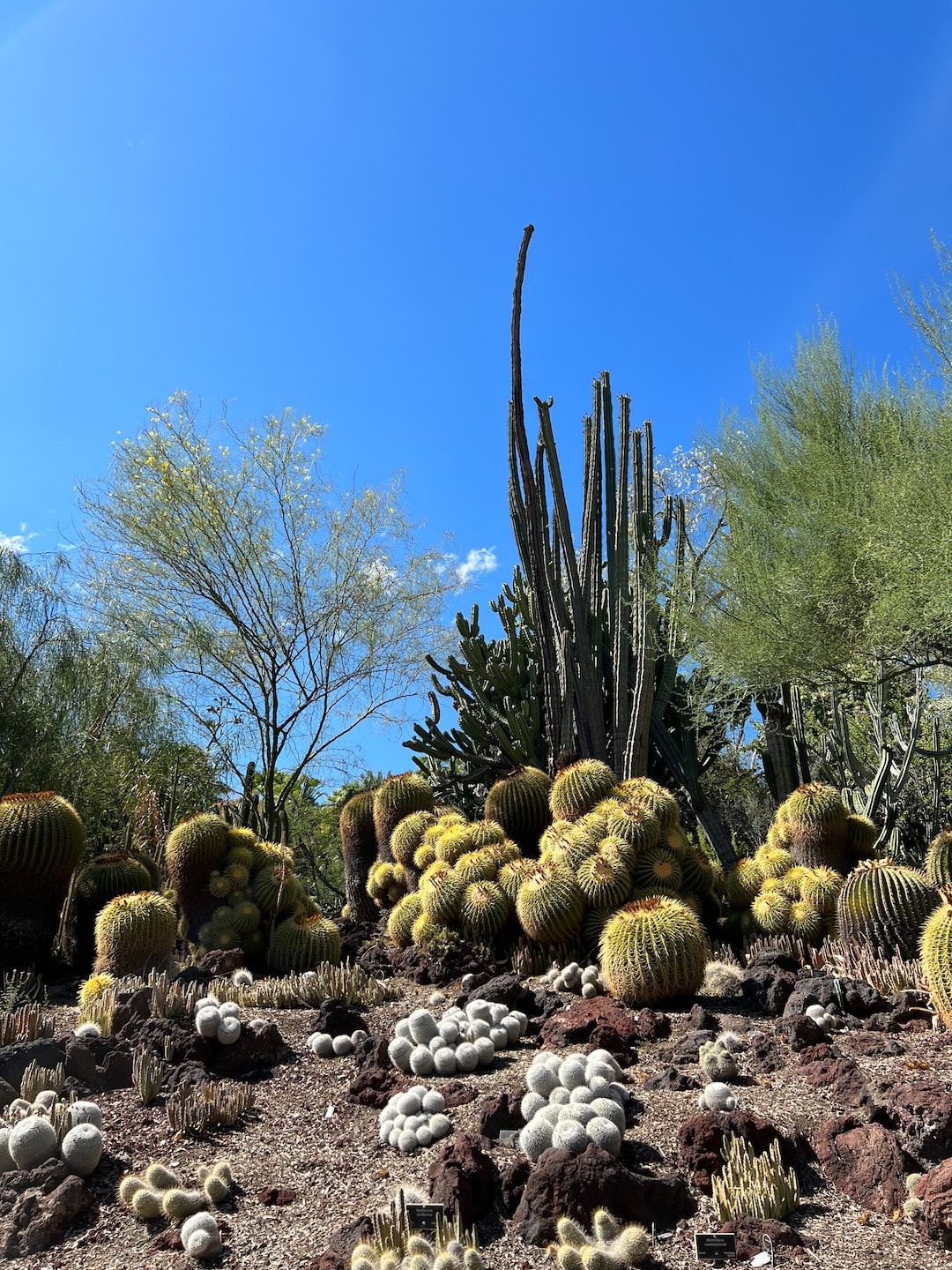
The Chiesa di San Francesco is a Gothic-style church located in the heart of Arezzo, Italy. It is known for its beautiful architecture, impressive frescoes, and important historical significance.
What to see or do: Visitors to the Chiesa di San Francesco can admire the exquisite 14th-century frescoes by Piero della Francesca, including the “Legend of the True Cross” series.
The church also houses a number of important works of art, including sculptures by Giovanni Pisano and Andrea della Robbia.
Don’t miss: The highlight of any visit to the Chiesa di San Francesco is the “Legend of the True Cross” frescoes.
This series of paintings depicts the history of the cross of Christ and is considered one of the greatest works of art of the early Italian Renaissance.
Insider travel tips: – If possible, visit the church early in the morning or late in the afternoon to avoid crowds.
13. Monte Titano

Monte Titano is a mountain in San Marino, a small independent country surrounded by Italy.
What to see or do: Visitors can hike to the top of Monte Titano and enjoy panoramic views of San Marino and the surrounding countryside. The mountain is also home to three medieval towers that are symbols of San Marino.
These towers are open to the public and offer fascinating insights into the history of San Marino.
Don’t miss: The Three Towers of San Marino are the most significant landmarks on Monte Titano. These towers are named Guaita, Cesta, and Montale and offer breathtaking views of the surrounding countryside.
These towers also serve as a symbol of the country’s liberty and fortitude.
Insider travel tips: Be sure to wear comfortable shoes when hiking to the top of Monte Titano. Also, make sure to bring plenty of water and sunscreen, as there is little shade on the mountain.
In addition, visitors should plan to spend at least half a day exploring Monte Titano to fully appreciate all the natural beauty and historical significance the mountain has to offer.
14. Porta San Francesco
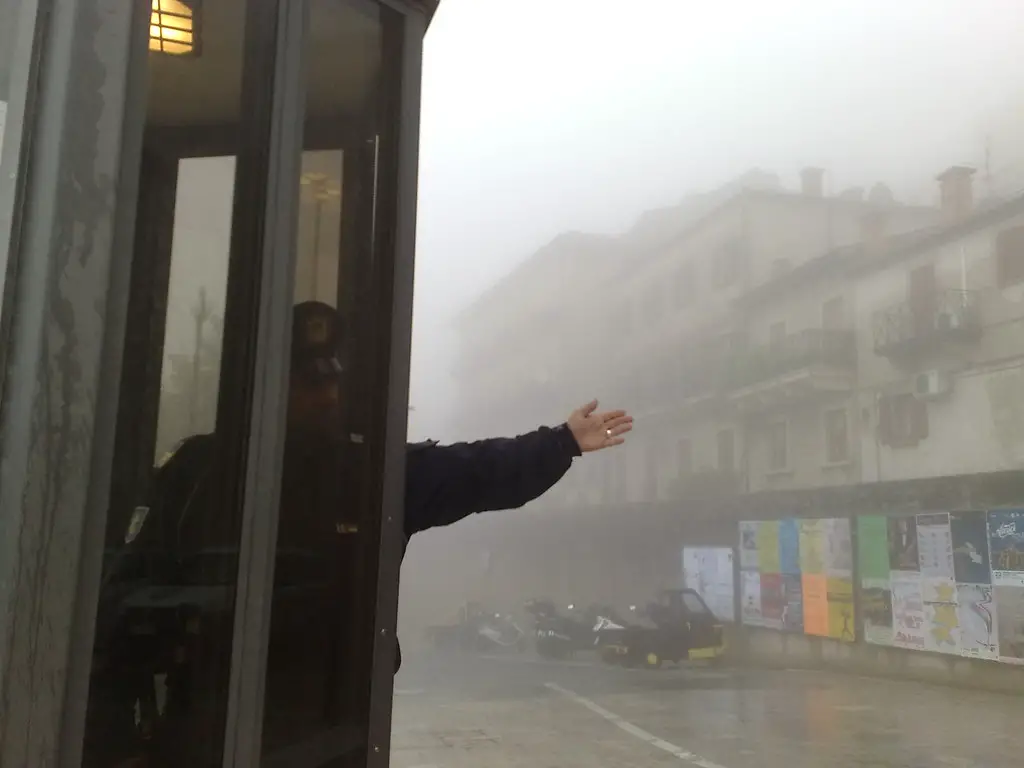
An ancient gate in the historic city walls of Assisi, Italy.
What to see or do: Walk through the gate and explore the narrow streets and charming shops of the medieval town center. Admire the views of the surrounding hills and countryside from the top of the gate.
Don’t miss: The Basilica of Saint Francis of Assisi, one of the most important pilgrimage sites in Italy, located just a short walk from Porta San Francesco.
Insider travel tips: Visit Porta San Francesco early in the morning or late in the evening to avoid the crowds.
Take some time to explore the nearby Piazza del Comune, which features a beautiful fountain and a variety of restaurants and cafes.
Don’t forget to try the local specialties, such as truffles, cheese, and wine.
15. Porta della Fratta
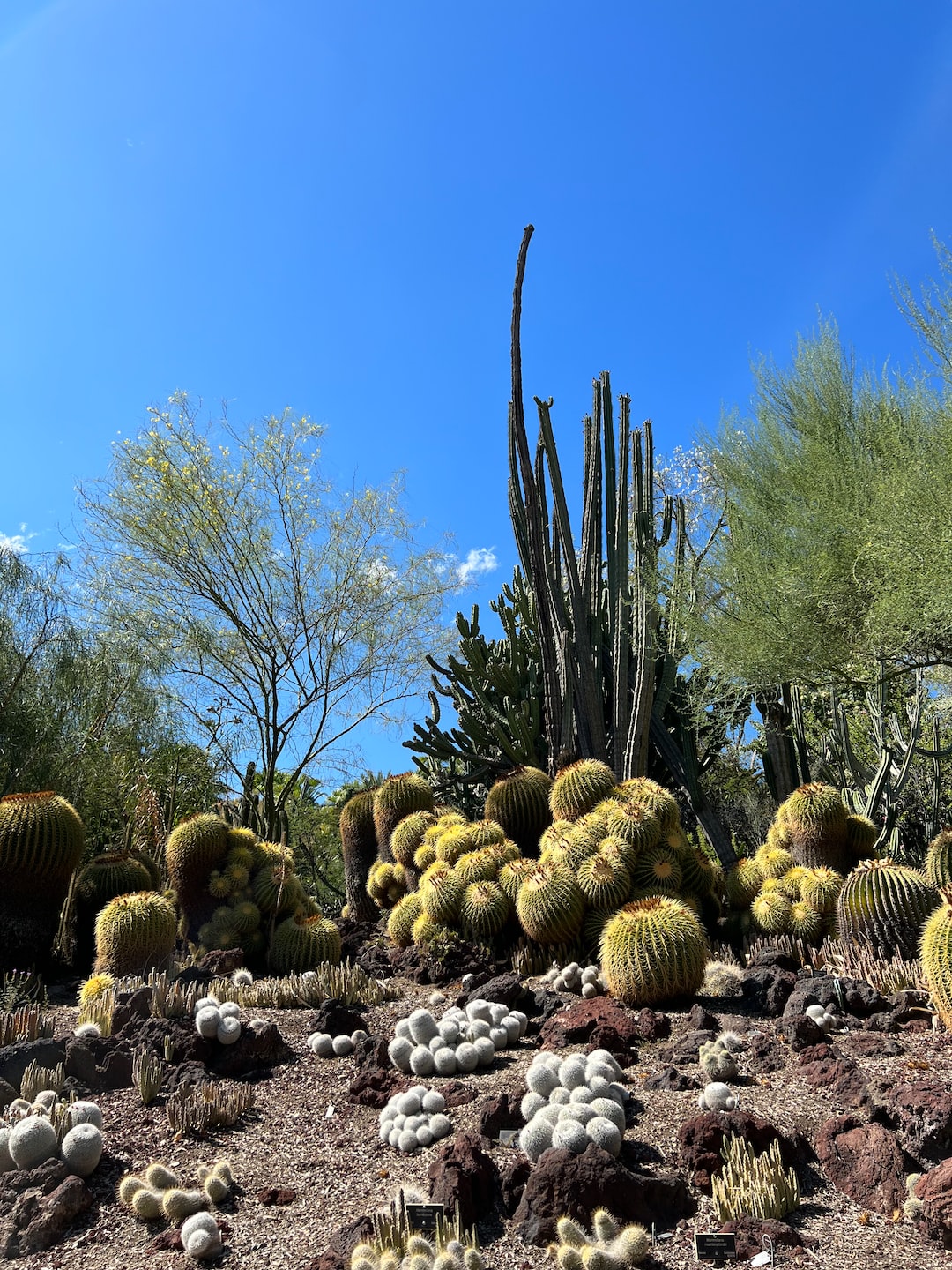
A historical city gate in the Italian city of Ravenna.
What to see or do: Visitors can view the impressive structure of the gate that dates back to the 4th century and marvel at its architectural features such as the two towers and the brick arches.
Don’t miss: The chance to take photos of the gate and capture its unique design and beauty.
Insider travel tips: There are other historical sites such as nearby Basilica di San Giovanni Evangelista and Mausoleo di Galla Placidia that visitors can also visit in the area.
Be sure to wear comfortable shoes if exploring on foot, and bring a camera to capture the incredible architecture and history of the area.
16. Fontana della Vergine

Fontana della Vergine is a beautiful fountain located in the heart of Rome, Italy.
What to see or do: Admire the stunning design of the fountain, which features a statue of a maiden holding a water jug.
Don’t miss: Be sure to look closely at the details of the fountain, as there are intricate carvings and decorations all around it.
Insider travel tips: Visit the fountain in the evening for a magical atmosphere when it’s lit up, and consider bringing a picnic to enjoy the view.
It’s also located near other popular attractions like the Spanish Steps and Trevi Fountain, so plan to see them all in the same day to make the most of your time in Rome.
17. Statua della Libertà

The Statue of Liberty is a colossal neoclassical sculpture on Liberty Island in New York Harbor, given to the United States by France in 1886.
What to see or do: The statue is best viewed from a ferry as it approaches Liberty Island, allowing you to appreciate its grandeur and beauty.
You can take a guided tour of the island and climb the statue’s pedestal or even go all the way to the crown for unparalleled views of the city and harbor.
Don’t miss: The opportunity to learn about the statue’s rich history and symbolism, including its association with the American dream and the country’s openness to immigrants.
Insider travel tips: Book your tickets for the ferry and statue climb in advance to avoid long lines.
If you have limited time, opt for the pedestal climb instead of the crown as it still offers great views but is less time-consuming.
Also, take a moment to walk around the island and enjoy the scenic views of the harbor and city skyline.
18. Palazzo Valloni
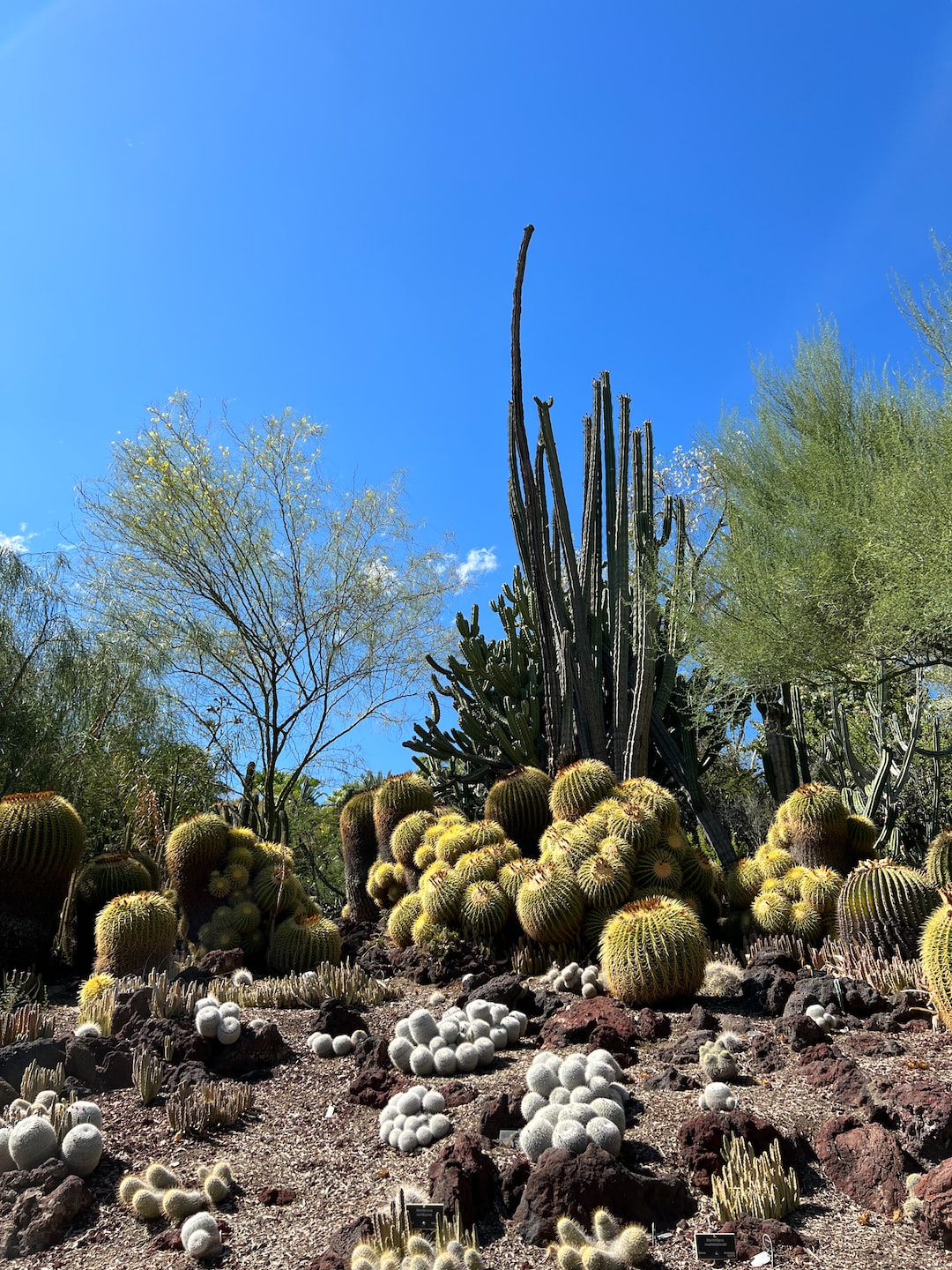
Palazzo Valloni is a historic palace located in the heart of Pistoia, Italy.
What to see or do: Visitors can explore the museum inside the palace, which showcases art and artifacts from Pistoia’s rich history. The palace also houses a restaurant serving delicious Tuscan cuisine and a boutique hotel for those looking to stay overnight.
Don’t miss: Don’t miss the beautiful frescoes and ornate ceilings inside the palace, which are a testament to Italy’s rich artistic heritage.
Insider travel tips: Be sure to take a stroll through the charming town of Pistoia, which is renowned for its beautiful architecture and friendly locals.
For the best experience, visit in the off-season to avoid crowds and take advantage of lower prices.
19. Complesso Museale di Santa Chiara

The Santa Chiara Museum Complex is a historic site located in Naples, Italy. The complex includes a church, a monastery, a tombs museum, and an archaeological museum.
What to see or do: Visitors can see stunning artwork and architecture from the 14th to the 18th centuries. The monastery features beautiful cloisters with intricate majolica tiles.
The church is home to notable works of 14th-century Neapolitan artist, Giotto.
Don’t miss: One of the highlights of the complex is the archaeological museum which houses ancient Roman ruins.
The tombs museum also showcases the modern techniques used to preserve and restore the tombs of the Anjou and Aragonese dynasties.
Insider travel tips: It’s recommended to visit in the off-season to avoid crowds. Photography is not allowed inside the church, but visitors can take pictures in the rest of the complex.
The complex has a small café where visitors can grab a bite to eat.
20. Tempietto di San Marino
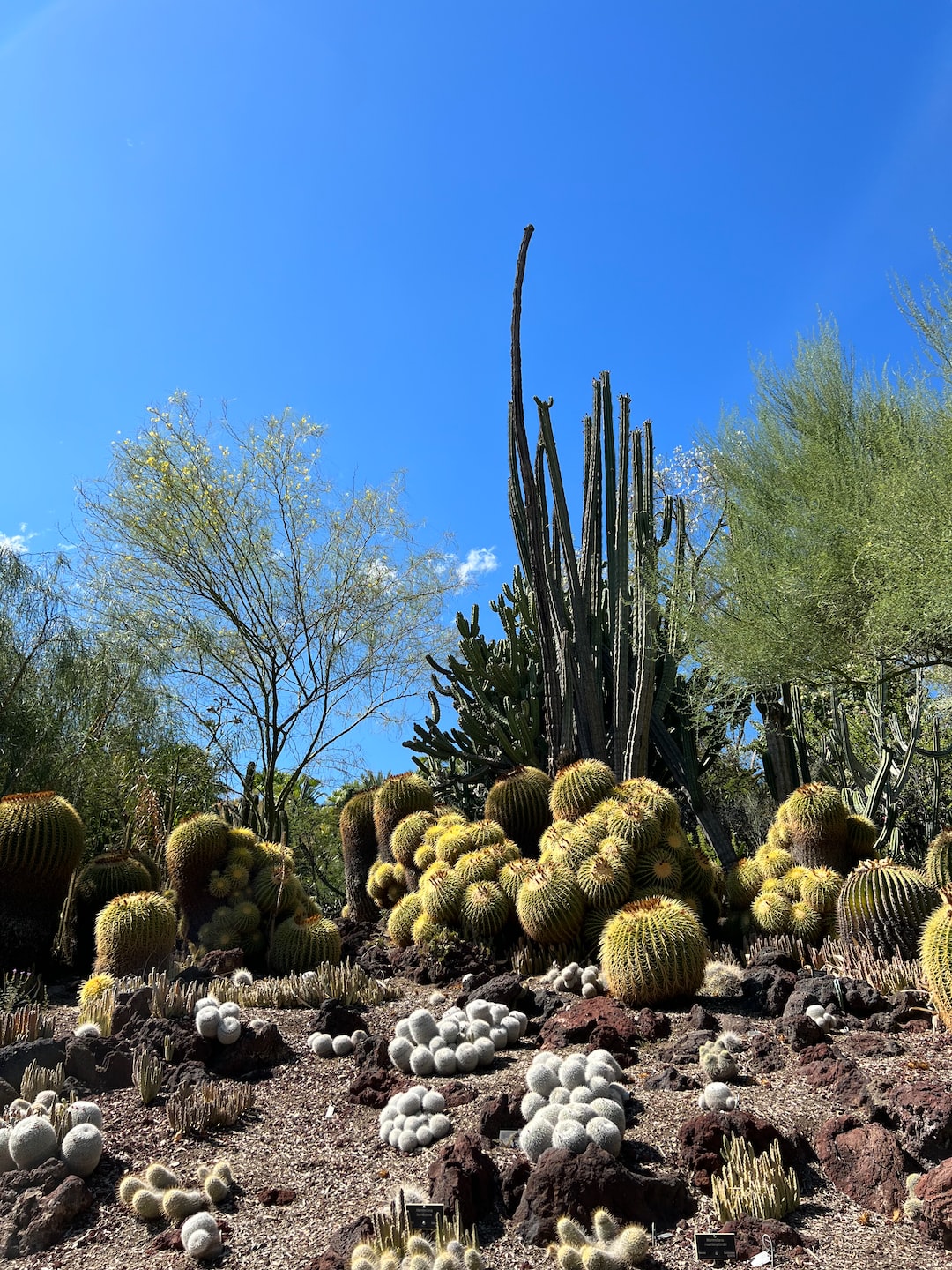
Tempietto di San Marino is a small chapel located in the heart of San Marino, a tiny independent nation within Italy.
What to see or do: Visitors can explore the interior of the chapel which features beautiful frescoes and gold leaf detailing. The exterior of the chapel also provides a breathtaking view of the surrounding countryside.
Don’t miss: Don’t miss the chance to climb to the top of the hill where the chapel is located, as it offers stunning panoramic views of the area.
Insider travel tips: Arrive early in the morning or later in the afternoon to avoid crowds. It’s also recommended to wear comfortable shoes as the climb up to the hill can be steep.
Additionally, photography inside the chapel is not permitted.
21. Museo delle cere

Museo delle Cere is a wax museum located in Rome, Italy.
What to see or do: Visitors can see over 250 life-size wax figures on display at the museum. The figures depict historical figures, religious figures, celebrities, and political leaders.
The museum also has a section dedicated to the history of Italy.
Don’t miss: Don’t miss the opportunity to see the impressive wax statue of Pope Francis, as well as the figure of Leonardo da Vinci’s famous painting, “The Last Supper”.
Insider travel tips: Try to visit the museum on weekdays when it is less crowded. Also, make sure to bring a camera as photography is allowed.
22. Museo dell’Emigrante
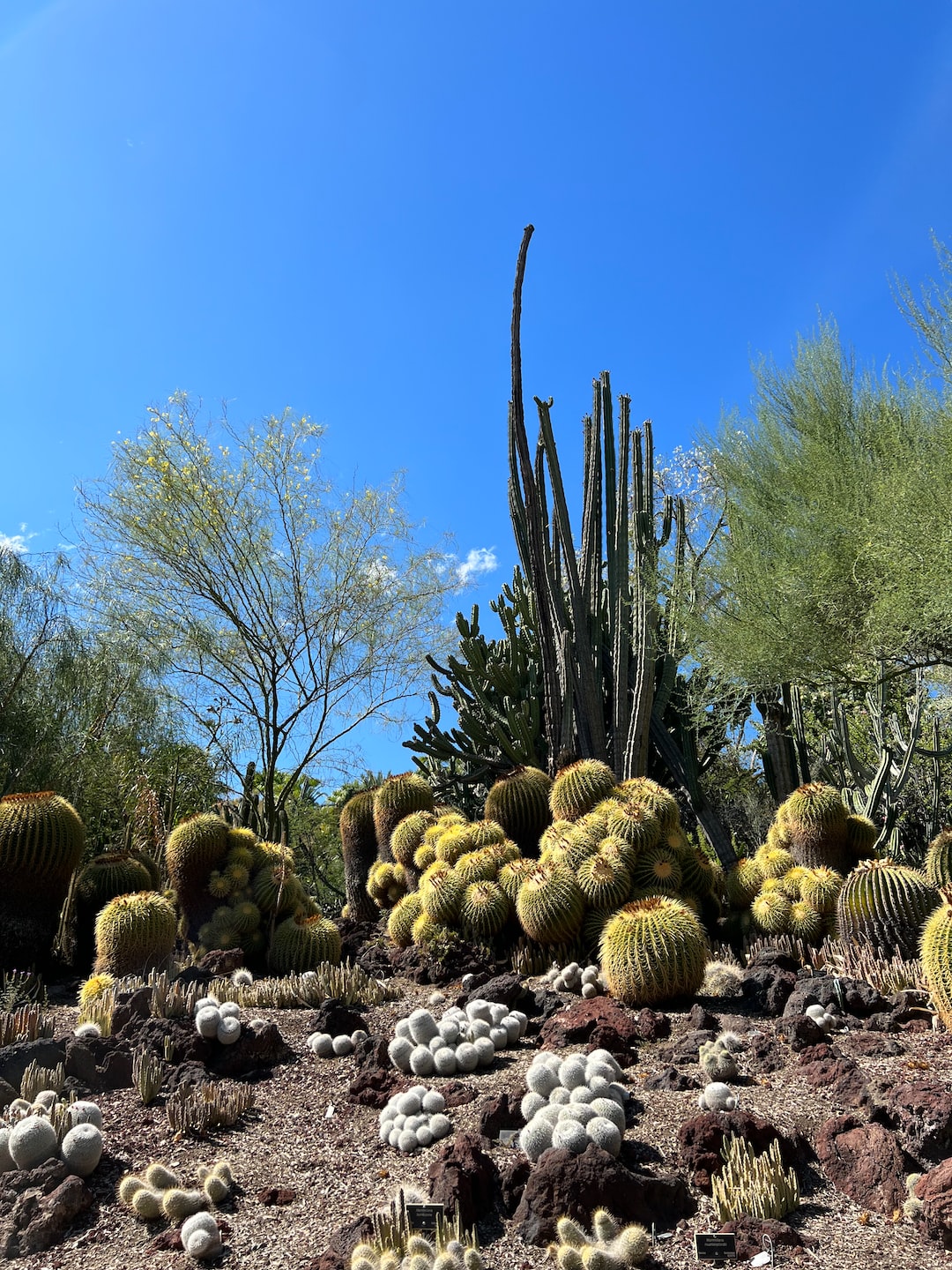
A museum dedicated to the history of emigration from the Piedmont region of Italy to other countries.
What to see or do: Exhibits that tell the stories and experiences of the emigrants, including their journeys, living and working conditions, and cultural contributions to their new homes.
Don’t miss: The recreated interiors of emigrant homes and a section dedicated to the emigration of women, who played a crucial role in supporting their families and in shaping the diaspora.
Insider travel tips: Guided tours are available, and it’s recommended to reserve in advance. The museum is closed on Mondays and during the month of August.
23. Porta San Leo
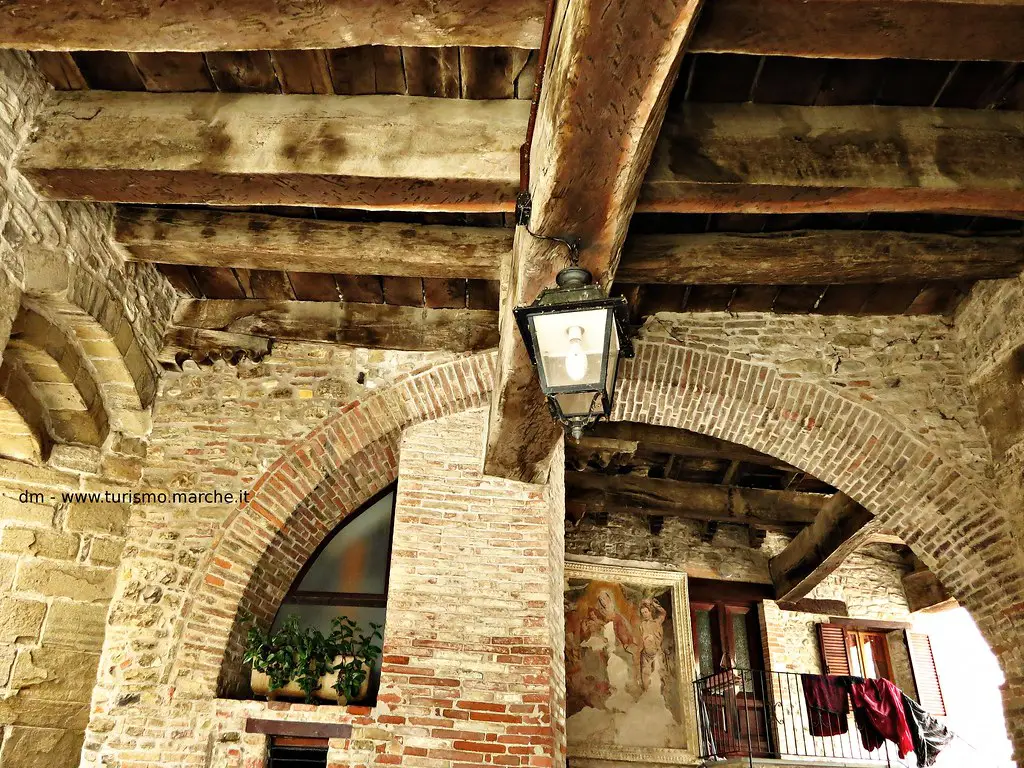
Porta San Leo is an ancient gate located in the city of Cagliari in Sardinia.
What to see or do: Visitors can admire the impressive defensive structure and wander along the lush garden surrounding the gate. From here, you can get a great view of the picturesque houses and narrow alleys down below.
Don’t miss: Don’t miss the chance to come here in the evening, when the gate is illuminated and the view is even more breathtaking.
Insider travel tips: If you want to enjoy complete privacy while exploring Porta San Leo, it is recommended to visit early in the morning or late afternoon.
Also, just a few steps downhill from the gate, you can find some of the best local restaurants, serving traditional Sardinian dishes.
24. La Rocca
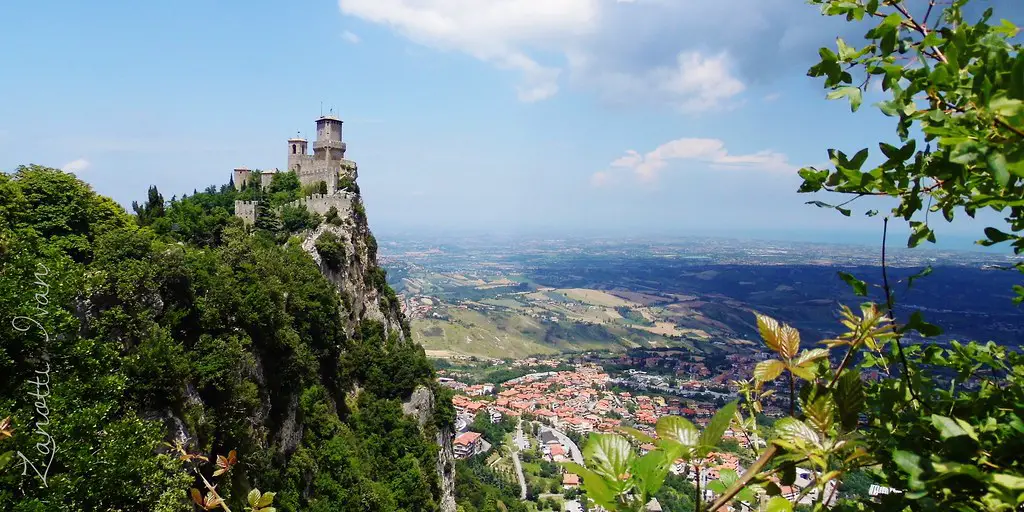
Medieval castle on a hill overlooking the town of Bardolino, Italy.
What to see or do: Take a guided tour of the castle, visit the museum inside, or enjoy the view from the top of the tower.
Don’t miss: The panoramic view of Lake Garda and surrounding vineyards from the top of the tower.
Insider travel tips: Wear comfortable shoes as the climb to the top of the tower can be steep, and be sure to grab a glass of wine from one of the nearby vineyards to enjoy while taking in the view.
25. Osservatorio Astronomico di San Marino

The Osservatorio Astronomico di San Marino is an astronomical observatory located near the city of San Marino in the Republic of San Marino.
What to see or do: Visitors can observe celestial objects through telescopes, attend guided tours and educational talks, and engage in multimedia presentations on astronomy and astrophysics.
Don’t miss: The observatory’s telescope dome, which houses a powerful 60cm Cassegrain reflector telescope, is a highlight not to be missed.
Insider travel tips: – The observatory is best accessed by car or taxi.
26. Museo del Vetro
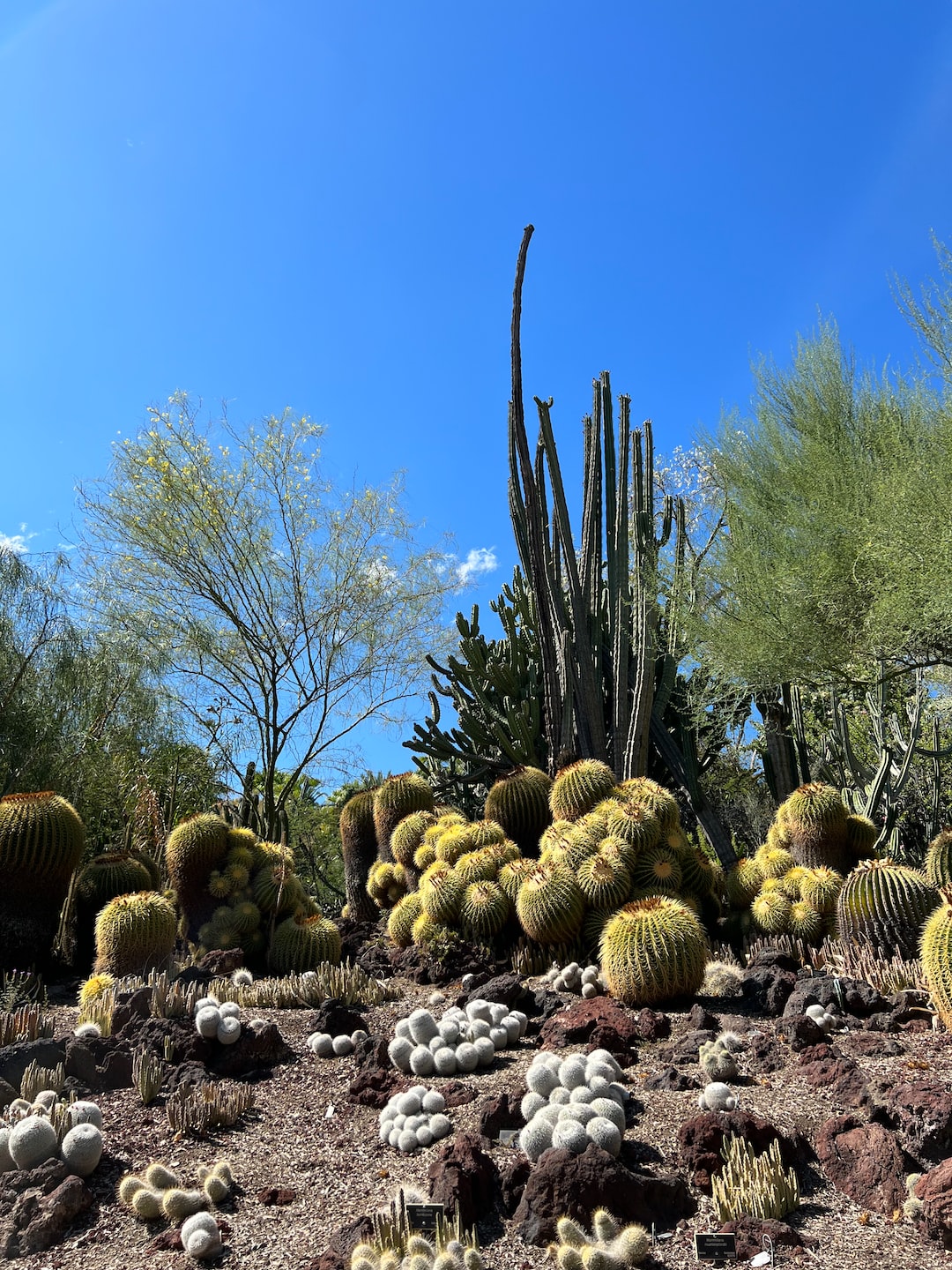
Museo del Vetro is a museum located in Murano, Italy, dedicated to the history and production of Venetian glass.
What to see or do: Visitors can explore the various rooms and exhibitions, which showcase the evolution of glassmaking techniques and styles over the centuries. You can also witness a live glassblowing demonstration and browse through the museum shop for original glass pieces and souvenirs.
Don’t miss: Make sure to check out the impressive collection of antique glassware, as well as the works by contemporary glass artists. The museum also houses a collection of glass beads and jewelry.
Insider travel tips: The best way to reach Murano is by taking a vaporetto (water bus) from Venice, which offers stunning views of the lagoon.
While in Murano, take a stroll around the charming island and visit some of its famous glass factories, where you can witness master glassmakers at work.
To avoid the crowds and get the most out of your visit, try to arrive early in the morning.
27. Il Sentiero della Rupe
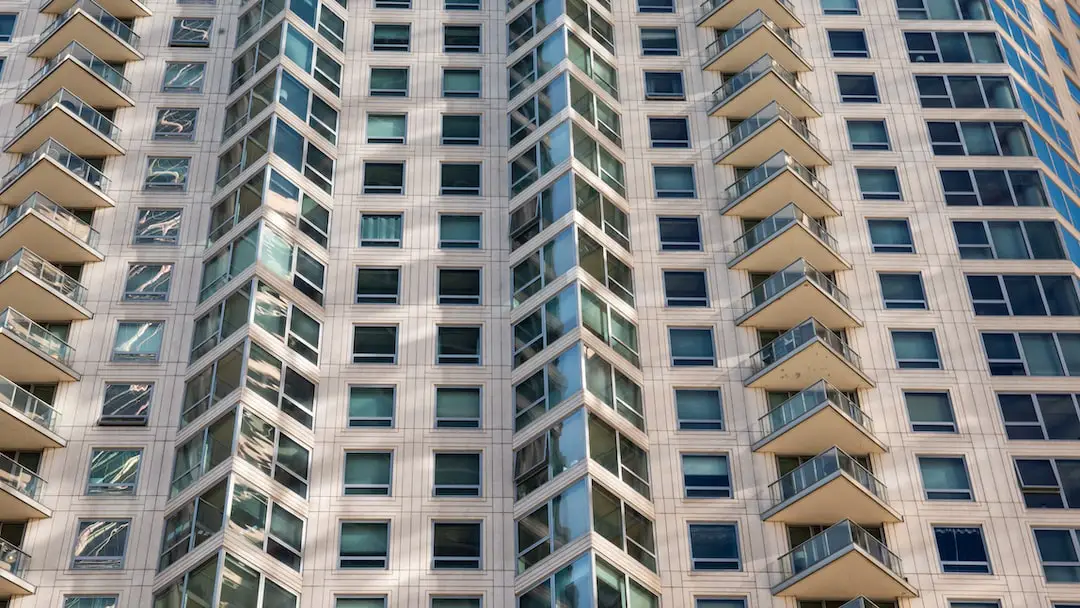
Il Sentiero della Rupe is a scenic hiking trail that winds along the rugged cliffs of the Ligurian coast in Italy.
What to see or do: Hikers can enjoy breathtaking views of the crystal clear waters of the Ligurian Sea and the colorful coastal villages and terraced hillsides of the Cinque Terre region.
The trail passes through lush Mediterranean vegetation and rocky outcroppings, providing a wonderful opportunity to immerse in nature.
Don’t miss: Don’t miss the stunning views of the Gulf of Poets and the Apuan Alps from the top of the trail.
Also, make sure to stop at the charming village of Tellaro, which is known for its picturesque harbor and colorful houses.
Insider travel tips: – Plan your hike in advance and make sure to check weather conditions and trail closures.
28. Roccaccia

Small medieval village in the Italian region of Umbria.
What to see or do: Visit the 13th-century Church of San Lorenzo, stroll through the narrow streets, admire the ancient Roman bridge over the Fiora River.
Don’t miss: The stunning view from the top of the village’s hill overlooking the surrounding countryside.
Insider travel tips: Visit during the annual festival in August to experience traditional food, music, and local customs. Be sure to wear comfortable shoes as the village’s streets and stairs can be steep and uneven.
29. Chiesa di San Michele

Chiesa di San Michele is a beautiful church located in the heart of Lucca, Italy.
What to see or do: Visitors can admire the impressive Romanesque architecture of the church, which dates back to the 12th century.
The intricate façade is adorned with stunning sculptures and reliefs, while the interior features a barrel-vaulted nave, a beautiful apse, and many fine works of art.
Don’t miss: Don’t miss the preserved medieval sculpture of the Archangel Michael slaying a dragon, which is considered one of the finest examples of Romanesque art in Tuscany.
Insider travel tips: – Visit the church during weekdays, when it’s less crowded and you can enjoy a peaceful atmosphere.
30. Museo dell’Agricoltura e della Contadineria.

A museum dedicated to showcasing the history and culture of agriculture and rural life in Tuscany, Italy.
What to see or do: Visitors can explore the extensive collection of agricultural tools and equipment, learn about traditional farming methods, and experience the daily life of the Tuscan countryside through interactive exhibits and multimedia displays.
Don’t miss: The museum’s outdoor area, where visitors can see a variety of farm animals and crops while strolling through the beautiful gardens and orchards.
Insider travel tips: Don’t forget to try some of the delicious locally produced food and wine in the museum’s restaurant, which features traditional Tuscan cuisine using fresh ingredients from the surrounding countryside.
Also, be sure to check out the museum’s events calendar for special exhibitions and workshops.
💪 Support independent web, support us: